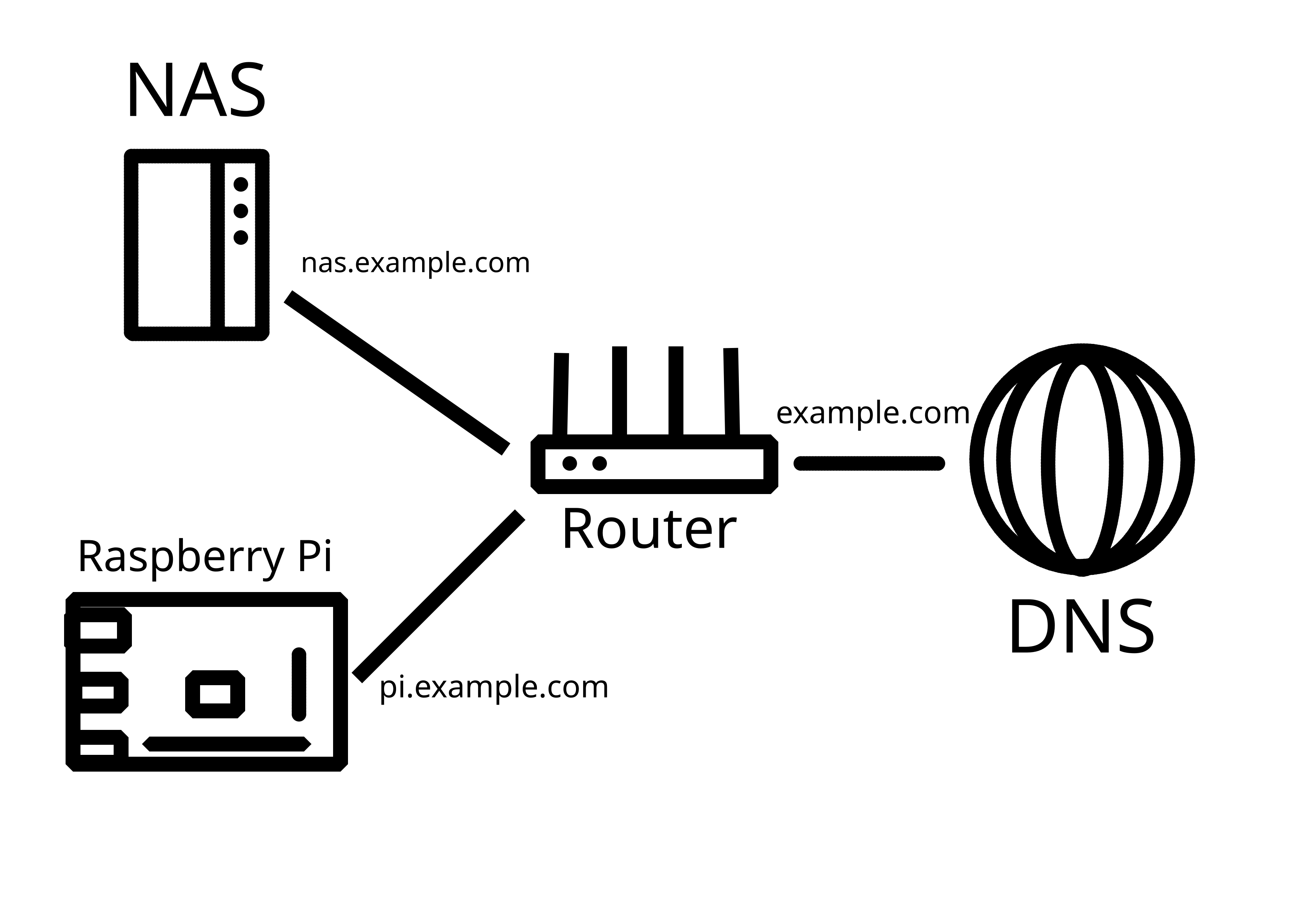Selfhosted
A place to share alternatives to popular online services that can be self-hosted without giving up privacy or locking you into a service you don't control.
Rules:
-
Be civil: we're here to support and learn from one another. Insults won't be tolerated. Flame wars are frowned upon.
-
No spam posting.
-
Posts have to be centered around self-hosting. There are other communities for discussing hardware or home computing. If it's not obvious why your post topic revolves around selfhosting, please include details to make it clear.
-
Don't duplicate the full text of your blog or github here. Just post the link for folks to click.
-
Submission headline should match the article title (don’t cherry-pick information from the title to fit your agenda).
-
No trolling.
Resources:
- selfh.st Newsletter and index of selfhosted software and apps
- awesome-selfhosted software
- awesome-sysadmin resources
- Self-Hosted Podcast from Jupiter Broadcasting
Any issues on the community? Report it using the report flag.
Questions? DM the mods!
view the rest of the comments

You'll need to direct that port for the given service in the router control panel.
For your current server you have a port forwarding for that port already. Just add a port forwarding rule for the new service.
Tried doing that - here's how I've set it up:
Expected behavior: now when I enter :8100, I reach 192.168.0.113:81
Real behavior: connection times out
Stupid question, but is the service reachable at all? What if you map 81 to 81? Or whichever port the other, confirmed-to-work service uses? What if you map that other service to 8100?
Reachable through LAN, but not by URL, even if I port 81 to 81
P.S. Solved! NAS was sitting in the DMZ and this broke forwarding.
What if you try reaching it through your public IP?
Worked eventually, was about DMZ on the router for my NAS